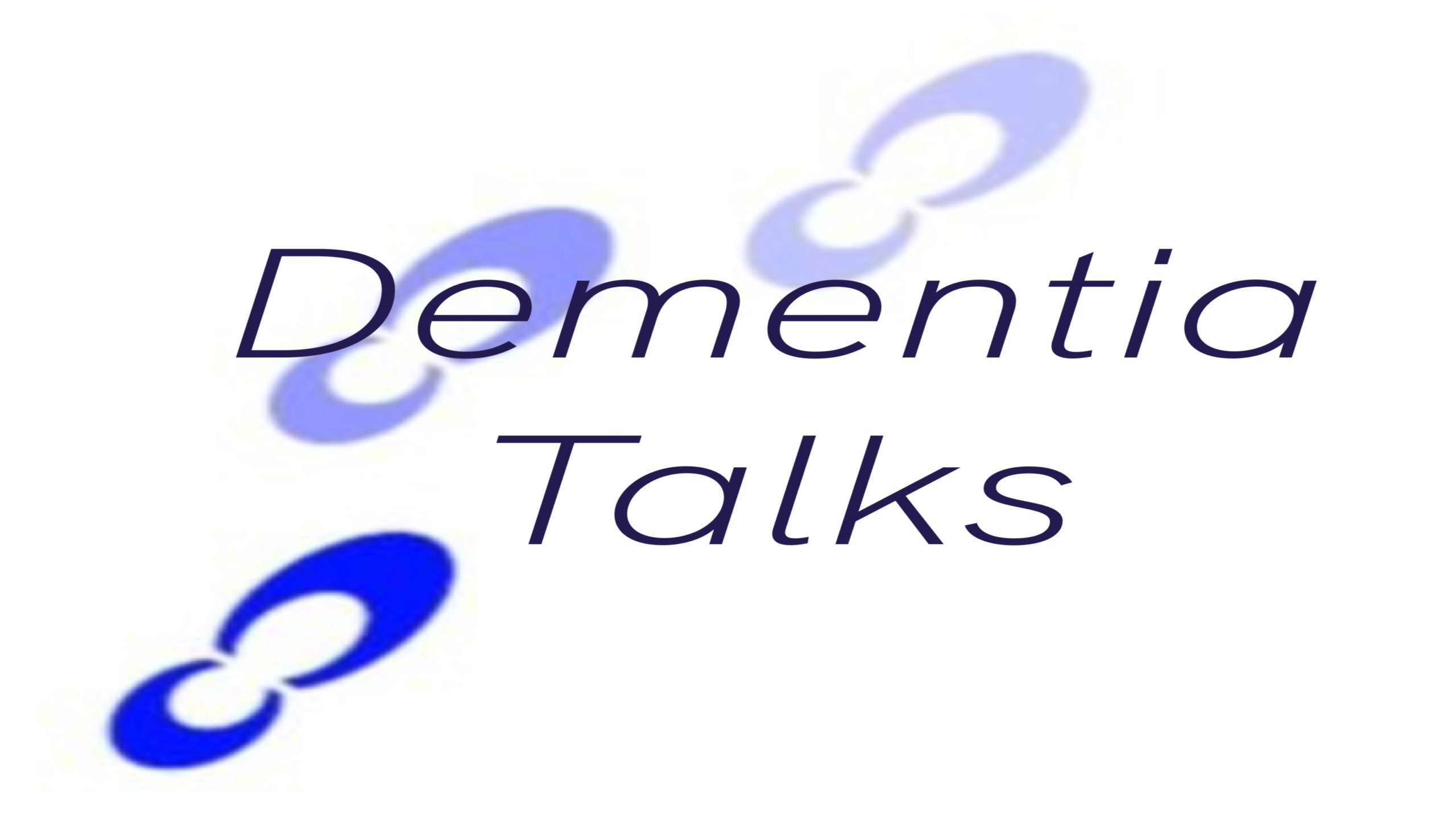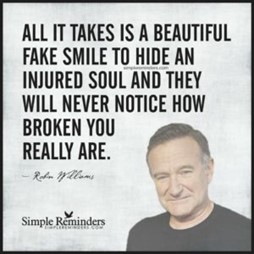
Worries, we all have them, we all deal with them every day, but to what end? Do we worry about what will happen to us in the future? These things rob us of our today’s peace and joy, and we lose living in the present. To put it short and sweet, worries need to either be forgotten or addressed as needed to put on a plan or list.
Let’s first talk about the easy one:
Planning
Planning is the act of thinking ahead of what is needed to be done, and putting it down in written, actionable, series of steps that get you to your desired results.
Put in simpler terms, if you worry about what you need to get at the grocery store, the simplest method is to put together a list. If you are worried about something that needs to be done around the house, the thing to do is put on your calendar as what needs to get done or create a reminder to do the work and forget it.
If we’re talking about more complex planning, then clearly a written plan or list of actions steps is the key to transition your worries into the plan so you can move on with your life in the present
Now the hard one
letting it go:
Letting it go, finding peace, is one of the most difficult things you can do or that can be learned. First thing is to transition worries into either actionable steps in a plan and then follow the plan. This is where many people get stuck. They do not trust themselves, so the root of the worry isn’t that they have a plan: the route of the worry is their lack of trust in their own ability to execute the plan or the steps they said needed to be done. Fixing this is key to trusting yourself that things that you plan for will get done.
Step 1 – Create a daily system that works for you. If you’d like to use paper, great use a notebook, and a calendar to keep a daily action plan, and list things you need to do or acquire. Make sure it’s convenient and something that you can have available to you most of the time.
If you’re comfortable with technology, follow the same processes described above, using the calendars, and lists function in your phone or Tablet, making sure that the device you are going to use is convenient to you most of the time.

Step 2 – Make looking at your plan and list a priority first thing in the day, look at it while you’re having a coffee, before you do anything else. If you use a paper system, cross out things that you get done, or check the box on the list of things that you have completed. Reward yourself for getting things done. Do the same thing: if you use an electronic device, most devices allow you to have reminders or checklist you can literally check things off.
Look at your list at the end of the day, don’t beat yourself up, if you didn’t get everything done, move things forward to the next day or a more reasonable day.
Step 3 – Finding time to find peace is hard in today’s world, even if you are retired. We surround ourselves with so many things to do, people to talk to and places ago. But we miss the value of taking time to find peace, I’m not talking about watching TV, or reading a book, these are all great things. I’m talking about truly spending time to be with yourself, meditate, and let time pass.
As time permits, my plans are to provide you with the simple tools that I use for planning and scheduling and how to find peace and meditate. Years ago, my job was very stressful, and I had to find a way of release, I tried painting, walking, watching TV, writing. None of it gave me the peace I needed to do my job and not to carry each day’s worries to the next. I studied many techniques of meditation; I learned the Buddhist way, and I found the ability to go into deep meditation.
Thankfully, that same meditation has helped me deal with my daily pain. Every couple of days when my pain goes from a 4 or 5 to 7 or 8, I use meditation to help me deal with it. I refuse to take painkillers and I have found a specific form of meditation to accept it and then release it so I can continue to be present and be positive. I can do it sitting and when I am out and about, and of course in my office. But for now, I’ll stop and will save that coping mechanism for the next blog, podcast and YouTube show.
copyright 2022




No Comments